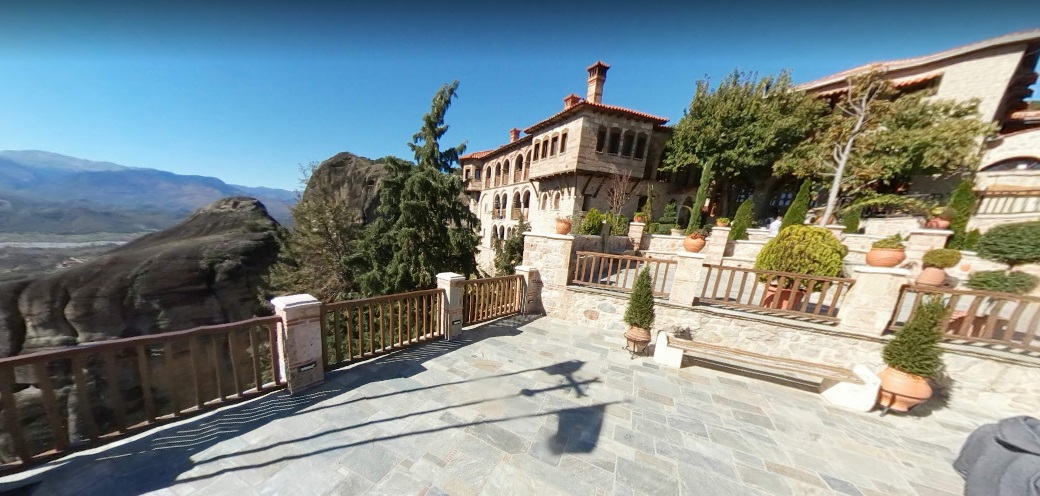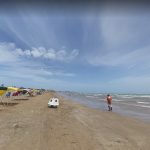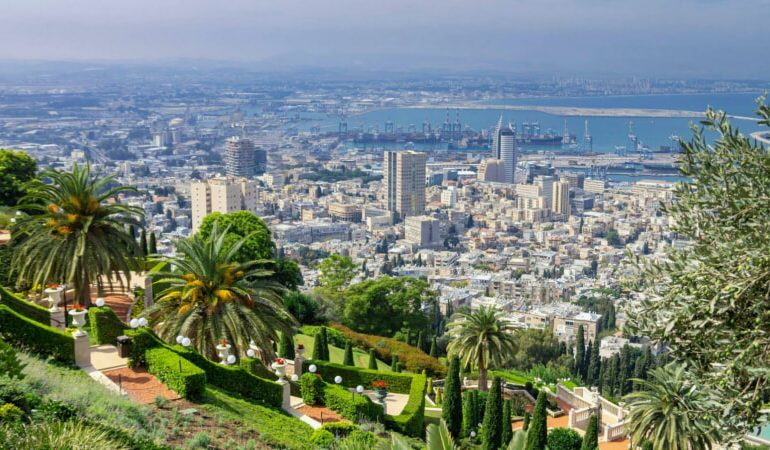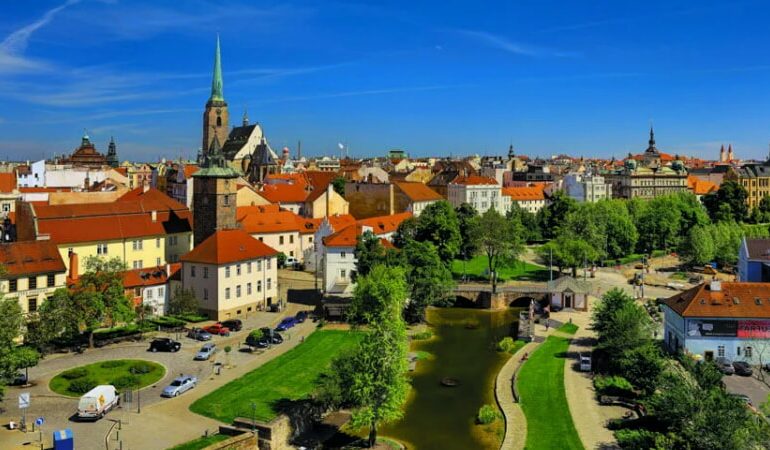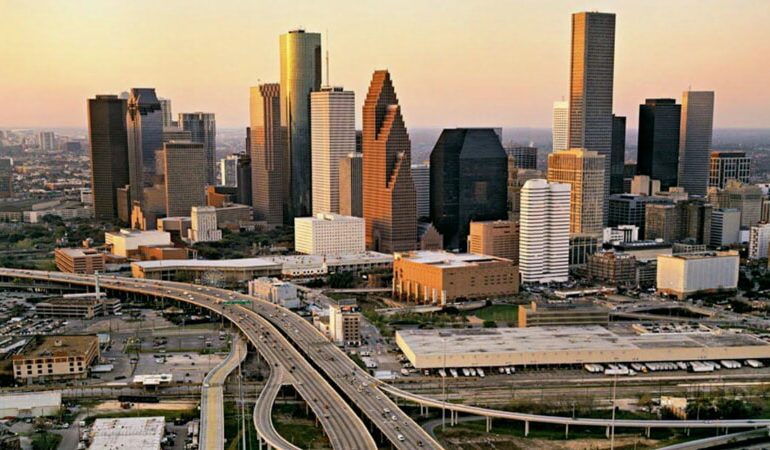Meteora Monasteries are one of the largest monastic complexes in Greece. The word “Meteor” itself is translated from ancient Greek as “floating in the air” or “heavenly”. The nearest large settlement of Kalambaka, located at the foot of Meteora, has all the necessary conditions to receive guests for the night. Here, on the territory of the Pind mountain range, several monasteries were built.
The largest monastery complex in Greece consisted of 24 monasteries located on the tops of rocks. The monastic center flourished until the XVII century, now there are only four active Orthodox monasteries (“Great Meteor”, “St. Nicholas Anapavsas”, “Varlaam”, “Holy Trinity”) and 2 women’s (“Rusanu” and “St. Stephen”).
The history of the monastic community of Meteora begins in the IX century, when hermits settled in the caves of the rocks. On Sundays and holidays they gathered for joint prayer and meals. With the increase in the number of monks, the first two monasteries of Dupiani and Staji were built. Their foundation marked the beginning of the monastic “state” of Meteor.
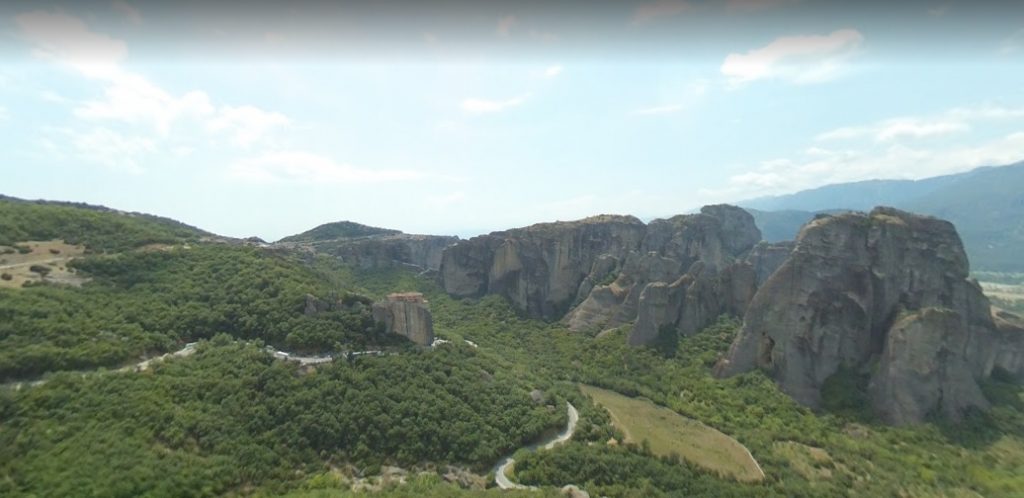
The rocks on which the Meteora monastery complex was built were formed about 60 million years ago and were once the rocky bottom of a prehistoric sea. Due to the prolonged exposure to a number of natural factors, such as wind, water and temperature changes, the rocks have acquired the form of massive stone pillars.
A good paved road and stone steps lead to each monastery, which has made them an accessible and popular tourist center.
The monastery of “St. Nicholas of Anapavsas” (XVI century) is located on a narrow rock, which forced the monks to place temples and cells on several levels, similar to a maze. The walls of the temple are decorated with beautifully preserved frescoes of Theophanes, the famous Cretan icon painter.

Six kilometers away, the road branches off to the south and north. On the right is the monastery “Rusanu”, located well below the other buildings of Meteora. It was built in 1288 and renovated in 1545 as the convent of St. Barbara. The temple contains frescoes of the Cretan school (XVI century).
The southern road leads to the monastery-museum “St. Stephen” (XIV century) – the richest in the meteor complex, located on a particularly beautiful rock towering over the city of Kalambaka. A steep gorge separates the peak from the main mountain. The only available entrance is an 8-meter-long suspension bridge. Iconography is taught here and an exhibition of monastic relics is open.

Returning to the crossroads and climbing 195 steps to the north, you will get to the monastery of “Varlaama”. It was built in 1518 by the brothers Theophan and Nectarius, sons of a wealthy family, on the site of the old building of the hermit Varlaam. The Chapel of All Saints is lavishly decorated with frescoes by Frangos, a Cretan painter, and mosaics made of ivory and mother-of-pearl. A museum of ancient manuscripts is open in the refectory.

The road ends at the walls of the “Great Meteor” – the largest and highest of the Meteora monasteries. Previously, a wicker staircase was used for the entrance. In 1922, 115 steep steps were cut through the rock, but the net is still used to lift provisions. The Great Meteor was repeatedly completed and expanded. Joasaph, the last Serbian tsar, erected the Transfiguration Cathedral and decorated it with valuable icons. A museum of monastic jewels and rare books has been opened in the former refectory.
The Monastery of the Holy Trinity is a male Orthodox monastery on one of the rocks of Thessaly in the nome of Trikala, Greece. One of the six surviving Meteora monasteries.
There is no reliable evidence of the date of foundation of the monastery. One of the unconfirmed translations testifies that the monastery was founded by the monk Dometi in 1438. However, there is a historical mention of the monastery of the Holy Trinity together with the monastery of Megala Meteora, dated 1362 in the order of Simeon Uresh Palaiologos. It is reliably known that the construction of the cathedral took place in 1476, as indicated by the inscription on the southern facade of the temple.

Now the monastery complex consists of a chapel, a balcony castle, an altar, monastic cells covered with low arches. The real decoration is the Cathedral dedicated to the Holy Trinity. There is a balcony behind the cathedral, which offers a picturesque panorama.
Meteora Monasteries are one of the most interesting places in all of Greece. For more than a hundred years, the monastery complex has been visited by thousands of tourists. Initially, it was possible to get to the Meteora monasteries only by a suspended staircase, but at the beginning of the last century roads were laid to the tops of the rocks and stone steps were made. It is still a mystery how building materials were delivered to the rocks during the construction of the monastery complex.
All facilities of the complex are open to the public from 9:00 to 13:00 and from 15:00 to 17:00, daily in summer, in winter the monasteries are closed on some weekdays. Entrance fee: 2 euros. A strict form of clothing should be observed: shoulders should be closed, men should wear long trousers, women should wear long skirts.
Here there are many guided tours in in Kalabaka https://1001guide.net/en/greece/kalabaka

